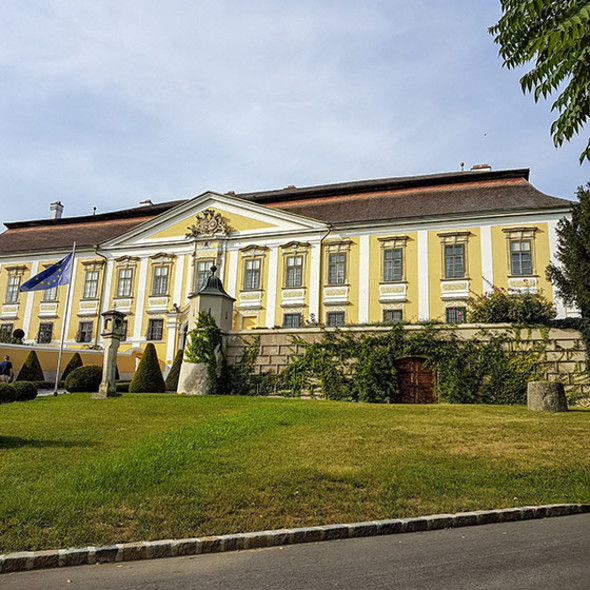Softly spoken Michael Moosbrugger, CEO of Schloss Gobelsburg, greets us with impeccable English at the entrance to the elegant Baroque castle which dominates the village of Gobelsburg in the Kamptal.
His calming voice and demeanour are in keeping with the history of this estate and the surrounding area, so closely connected to the development of Austrian vineyards. The castle started life as a fortified house, dating back to at least the 11th century, to a time when many of the local nobility were known as the ‘robbing knights of the Danube’ and much of the northern side of the Danube was being developed. The area was being deforested, and villages and Cistercian monasteries were being established, including the Zwettl monastery, whose monks were granted their first vineyards at the Heiligenstein and Gaisberg, both still revered to this very day. Gobelsburg, however, remained in private hands for centuries, passing through numerous families and morphing into a Renaissance manor house and then a splendid Baroque chateau at the beginning of the 18th century, which proved to be the Ehrenreich-Hohenfeld family’s downfall. The renovation racked up significant debts and the son was forced to enter the Zwettl monastery bringing with him the entire estate and, of course, all the debts!
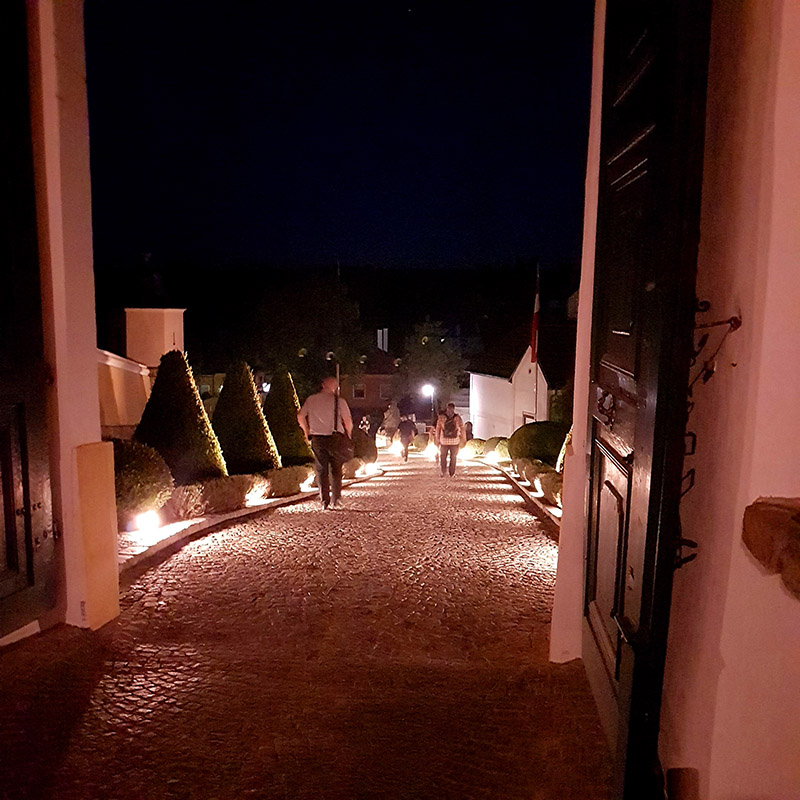
Gobelsburg at night by Sue Tolson
Like in most of Europe, monasteries were carriers of scientific research during the Middle Ages, as only monks could read and write, this also meant they were bastions of viticultural and winemaking progress too. The Zwettl monks, like their Burgundian brethren, were no different, and over the centuries, they developed interests all over Austria. When they acquired Gobelsburg, it was then merged with their estate in Kammern and finally winemaking and the main cellar facility were transferred here after a fire at Kammern in 1786 and Schloss Gobelsburg itself became a winery. Austrian monastic life was not as affected by secularisation as in France and Germany; as Michael points out, “Austrians are used to making compromises”, so monastic culture continues until this day. The estate is still owned by the Stift Zwettl, but in 1996, Michael took over the running of the estate on a long-term lease with Willi Bründlmayer and built the modern face of Schloss Gobelsburg. Like the monks before him, Michael endeavours to farm organically, benefits from substantial old vine stock, thus making massal selections, and also uses local oak in his cooperage.
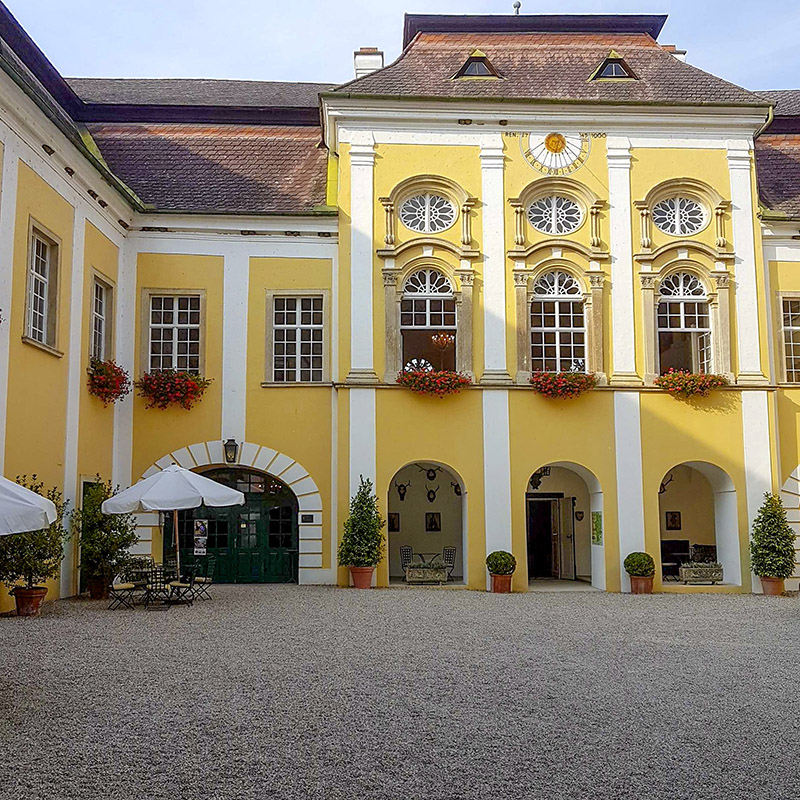
Gobelsburg schloss interior by Sue Tolson
The estate is run as a kind of family business; the main income comes from winemaking, but the mixed agricultural tradition, including fruit orchards, is being continued. The winery boasts 39 hectares of vineyards around Langenlois, including many premium vineyard sites, such as Gaisberg and the sun-exposed, terraced Zöbinger Heiligenstein with its porous, rocky soil of mica schist, gneiss and basalt. Its extreme microclimate (in the Middle Ages, it was known as Hellenstein – Hell Rock) yields Riesling grapes with high sugar and long-lived wines with exceptional minerality. Lower-lying Lamm, Grub (where the loess is 4-8m thick) and Renner give spicy, complex, concentrated Grüner Veltliner with zingy minerality. The variety, unsurprisingly here in the Kamptal, is the mainstay of the winery, comprising 50% of plantings.
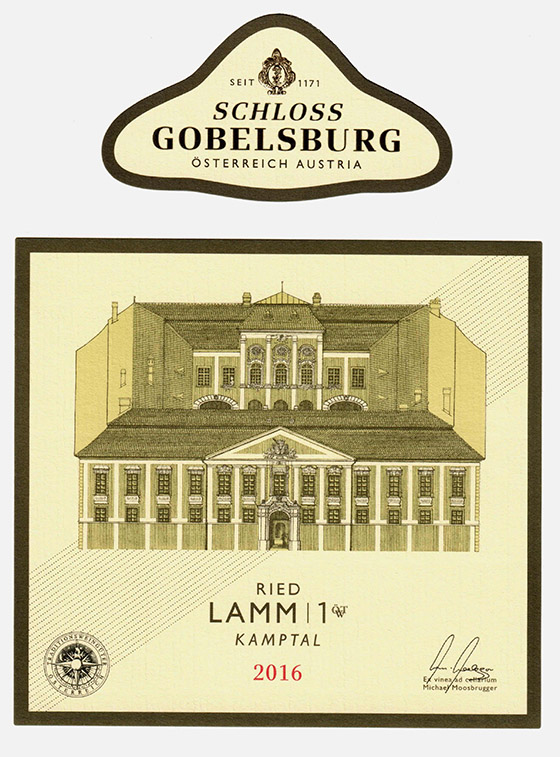
Photo: Schloss Gobelsburg
Red wine also had a long tradition in the Cistercian monasteries of the area, as their abbots travelled to Burgundy once a year, thus encountering Burgundian winegrowing. Therefore, although not included in the Kamptal DAC, the estate dedicates 25% of plantings to red varieties such as Zweigelt, St Laurent, Merlot and Pinot Noir, known locally as Blauburgunder, which was (re)introduced to the estate from Burgundy by the former abbot. The reds are mainly planted on the well-drained Gobelsburg plateau south of the castle, on pebbles and gravel carried by the Danube.
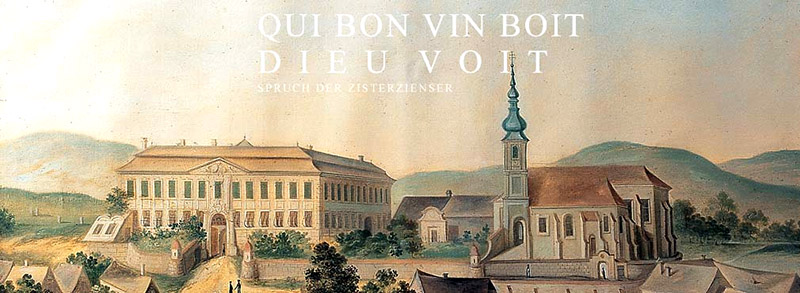
@SchlossGobelsburg
Michael is a man with a mission. His father founded the Austrian Sommelier Association and Michael is living up to his repute in his mission to classify the Austrian vineyards and produce wines that display their peculiarities. He is the Chairman of the Association of Austrian Traditional Wine Estates (ÖTW), which is currently grappling with the mammoth task of classifying the Austrian vineyards and building an appellation system. Austria has around 5,407 individual vineyards, all with a name, Michael tells us, he’s counted them, and Schloss Gobelsburg itself has more than 100 plots scattered over 27 vineyards! He believes that the future for the winery is in producing unique, characterful single-vineyard wines that can translate the nuances of their origins and is therefore focussing on appellation wines, wines of origin, rather than those denominated by variety. He gives us a Burgundian example to ponder: Pinot Noir from Burgundy.
Is it Clos de Vougeot represented by Pinot Noir or Pinot Noir grown in Clos de Vougeot? You need to decide which angle to take…
Nothing stays the same, he insists – 200 years ago, Pinot Blanc was more widely planted than Pinot Noir in Burgundy and who knows what the future will bring, perhaps the evolution of varieties will be the greatest in future given the current state of climate change.
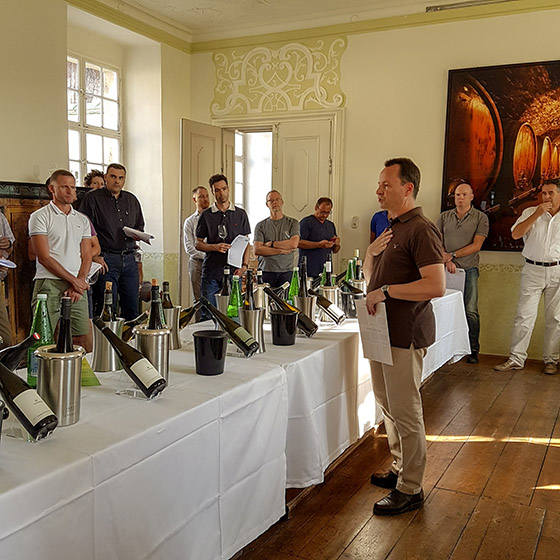
Schloss Gobelsburg tasting with Michael Moosbrugger (Photo: Sue Tolson)
But whatever the future may bring for winemaking in Austria, Kamptal and Schloss Gobelsburg, Michael is sure to continue monastic winemaking history and play an instrumental role in it.



